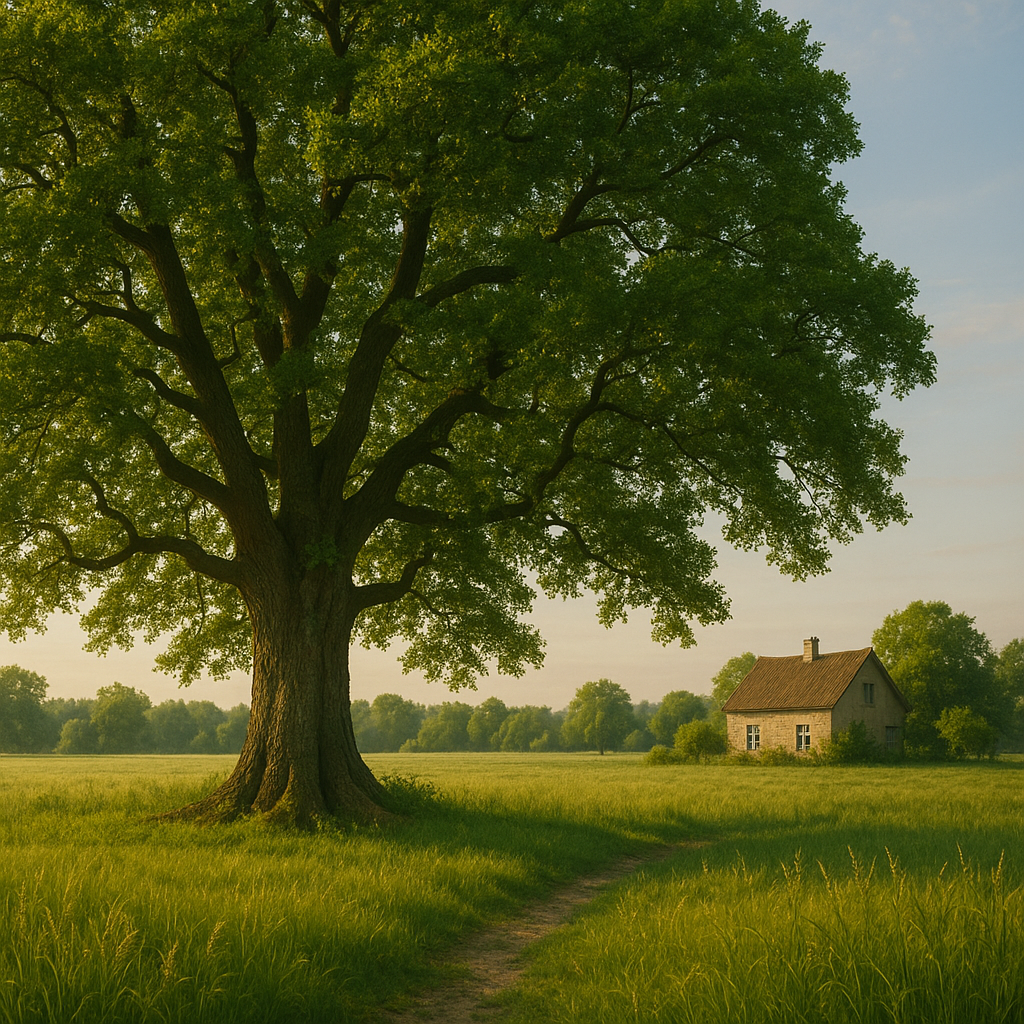A Living Tribute That Grows With Time
When a life ends, a tree can begin. More and more families are turning to memorial trees as a natural, beautiful alternative to traditional burial. Whether planted in a memorial forest or on private land, a tree symbolizes life, growth, and remembrance. But not just any tree will do. Choosing the right species, location, and method matters—not just for symbolism, but for the health of the tree and its lasting impact.
Why Choose a Memorial Tree?
Before diving into the details, it’s worth reflecting on why memorial trees resonate with so many people.
-
They’re Living Symbols: Trees represent renewal, strength, and continuity. Watching one grow can bring comfort during grief.
-
They’re Environmentally Friendly: Unlike traditional burial or cremation alone, a memorial tree contributes to cleaner air, restored habitats, and reforested lands.
-
They Offer a Place to Reflect: A tree can become a peaceful site to visit, offering a quiet moment of connection with a loved one.
Step 1: Decide Where the Tree Will Grow
Before selecting a tree species, determine the setting. This influences what will thrive and what’s permitted.
Memorial Forest
If you’re using a professional service like Better Place Forests or EcoEternity, the forest’s ecosystem will guide your choices. These organizations often have a set list of native trees suited to their landscape.
Private Property
If you’re planting on your own land, check your soil type, sunlight exposure, and local zoning laws. Also, make sure cremated remains are legally permitted to be buried on the property.
Public Land
Parks and public spaces may offer memorial tree programs, but options are typically limited to species that suit the area and may not allow burial of remains.
Step 2: Consider Symbolism and Sentiment
Every tree carries meaning. You may want to select a species that reflects a loved one’s personality, values, or memories.
-
Oak: Symbol of strength and endurance. Great for honoring someone steady, wise, or protective.
-
Maple: Known for its beauty and vibrant leaves. Ideal for someone artistic or full of life.
-
Cherry Blossom: Represents beauty and the fleeting nature of life. Perfect for someone graceful or gentle.
-
Pine or Cedar: Evergreen trees are often chosen to reflect everlasting life and remembrance.
-
Willow: Represents empathy, mourning, and healing. Often chosen by those seeking peace or closure.
Step 3: Match the Tree to the Climate
Even the most meaningful choice needs to be practical. Planting a tree outside its natural climate zone is a fast track to disappointment.
-
Check Your USDA Hardiness Zone: Each tree species is adapted to a specific range of temperatures. Select one that thrives in your area.
-
Consider Drought Tolerance: If you’re in a dry region, trees like juniper or mesquite may be more appropriate.
-
Think About Growth Size: Make sure the space can accommodate a mature tree’s height and root spread.
Step 4: Choose the Right Urn or Burial Method
If you plan to incorporate ashes, you’ll want to ensure that the method supports healthy tree growth. Cremated remains are high in pH and salt, which can harm roots if applied directly.
Use a Biodegradable Urn
Products like The Living Urn or Bios Urn are designed to mix ashes with soil and neutralizing agents that make them safer for plant life.
Mix With Native Soil
Some memorial forests blend a small portion of ashes with native soil and compost to protect nearby trees while honoring the loved one.
Don’t Skip the Prep
Follow the instructions provided with your urn or burial kit to make sure the tree gets the best start possible.
Step 5: Plan the Ceremony
Whether simple or elaborate, a memorial tree planting can be a meaningful moment for family and friends.
-
Invite People to Share Stories: Use the time together to celebrate the person’s life.
-
Read a Poem or Blessing: Words can set a tone of reflection and honor.
-
Create a Marker or Journal Entry: Some prefer not to mark the tree physically but record the date, location, and thoughts in a digital or handwritten journal.
Step 6: Care for the Tree
Even in a memorial forest with professional maintenance, you may want to check in on the tree now and then. On private property, follow basic care guidelines:
-
Watering: Young trees need regular water, especially in the first 1–2 years.
-
Mulching: Helps retain moisture and protect roots.
-
Pruning: Periodic pruning keeps the tree healthy and strong.
A Decision That Lives On
Choosing the right memorial tree is part science, part sentiment. It’s a chance to reflect on the life of a loved one and plant something lasting in their name. Whether you go with a sturdy oak, a blossoming cherry, or a quiet cedar, the tree will grow, change, and thrive… just like the memory it honors.
It’s not just about where someone rests. It’s about the life they continue to inspire.
If you have feedback, questions, or ideas for future articles or Information Hubs, please contact us. Your insights help us create valuable content.


